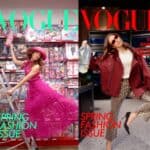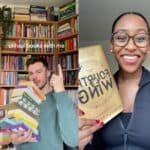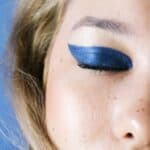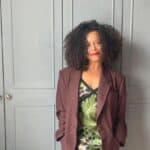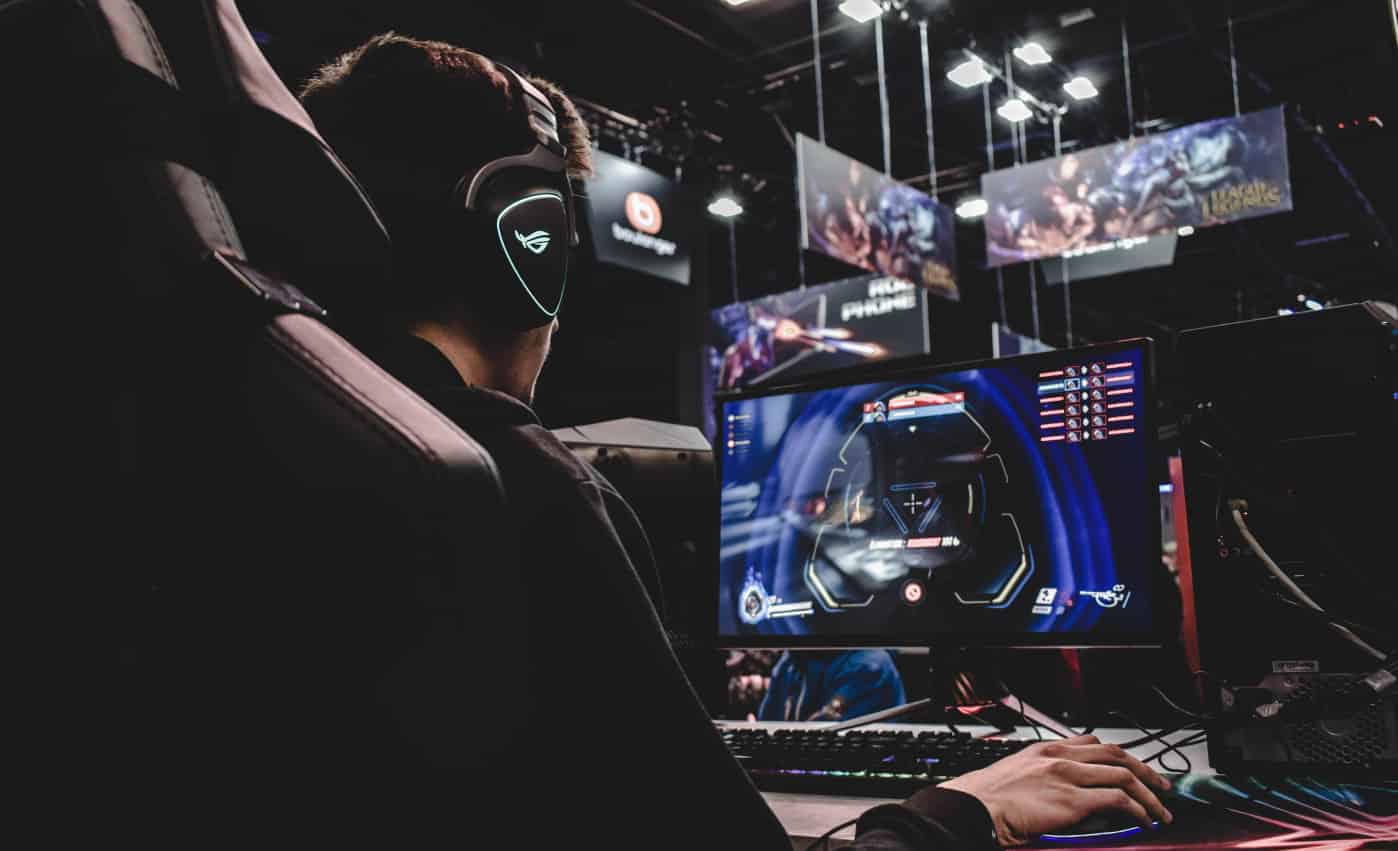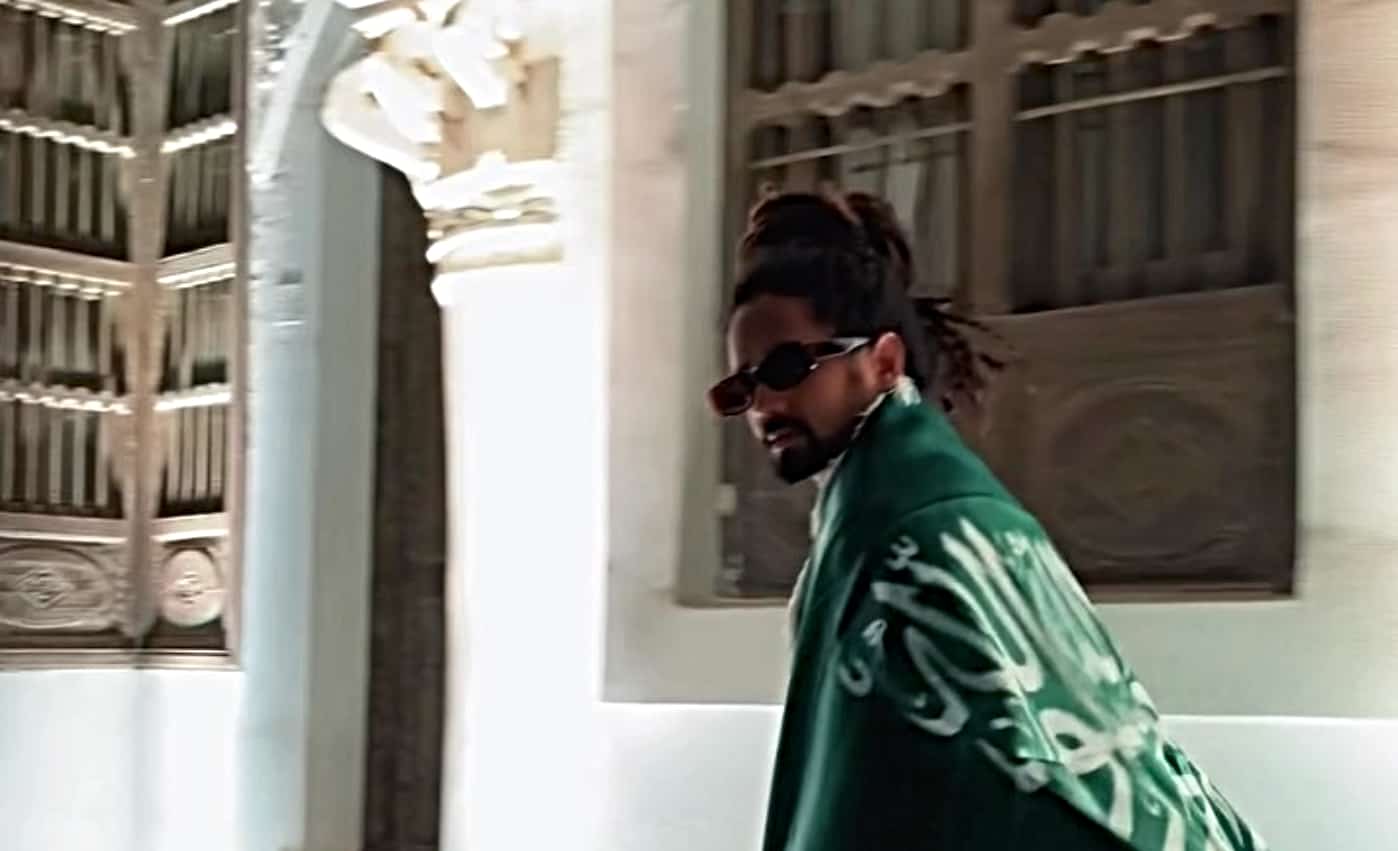The Middle East’s beauty industry has undergone a makeover. According to a new report released by the Chalhoub Group, the region has seen a huge shift in beauty standards – dropping European ideals to instead embrace “Arabic beauty” and “Middle Eastern features”.
Described as “the most extensive consumer beauty study ever undertaken in the Gulf Cooperation Council (GCC)”, Decoding the beauty consumer in the GCC delved into local contemporary attitudes towards aesthetics in 2023. The study assessed the feelings and behaviours of consumers across the United Arab Emirates, Saudi Arabia, and Kuwait.
Its main finding was that these consumers no longer want to fit a universal, westernised beauty standard. Instead, they’re turning towards products, brands, influencers, and celebrities that emphasise traditional Middle Eastern features, such as “dark long wavy hair”, “large, dark eyes”, “thick eyebrows”, “plumped lips”, a “well-defined jawline” and a “sharp nose”.
You may also like
With Middle Eastern creators becoming more mainstream in recent years (think high-profile Arab influencers such as Eleen Suliman, Aseel Omran, and Honayda Serafi rubbing shoulders with Hollywood’s finest at Cannes Film Festival, and the likes of Karen Wazen teaming up with Angelina Jolie and Guerlain for global beauty campaigns) this shift was inevitable. But for brands looking to target consumers in the Middle East, it needs to be met with a shift in strategy.
Opportunity for brands to respond
The brands enjoying the most regional success are the ones already catering to this aesthetic. Huda Kattan, the founder of Huda Beauty – the region’s best known homegrown beauty brand – has long credited its popularity to giving consumers a “different perspective” with products that align with an Arabian style of makeup.
Other products that crop up in Sephora’s bestsellers in the region are Makeup By Mario’s face-defining Master Mattes Palette, Fenty Beauty’s Heat Lip Luminizer and Plumper, and Sephora Collection’s Cream Lip Stain, Outrageous Plump Effect Gloss, and High Precision Liner. All key tools in the aesthetic outlined in Chalhoub’s report.
Even before the report landed, some brands had already adapted to these new consumer demands. WOW Beauty Cosmetics rebranded earlier this year and decided to double down on its Saudi Arabian “culture and roots”, embracing the Khaleeji aesthetic with its products and campaign imagery. But adapting doesn’t always require a total rebrand. Non-local brands such as MAC Cosmetics have oriented their regional Instagrams towards looks focused on “large, dark eyes”, “thick eyebrows”, and “plumped lips”, recruiting local creators who specialise in this style of makeup.
Fortunately, there’s no shortage of creators to take beauty products and market them to this kind of consumer. Makeup artist Daad Alduhami regularly hosts masterclasses for brands focusing on this specific aesthetic and was recruited by WOW Beauty Cosmetics to help popularise its new image. The same goes for Hala Owais, who’s worked with affordable global brands such as Kiko and Catrice Cosmetics on educational beauty content. Aliya Fatima, Reeman Ali, Sarah (Itsara.ae), Dalal AlDoub, and Khattafya are all also well equipped to reach this demographic.
By Chloe James, CORQ Middle East correspondent. Picture credit: Sarah @itsara.ae via Instagram

